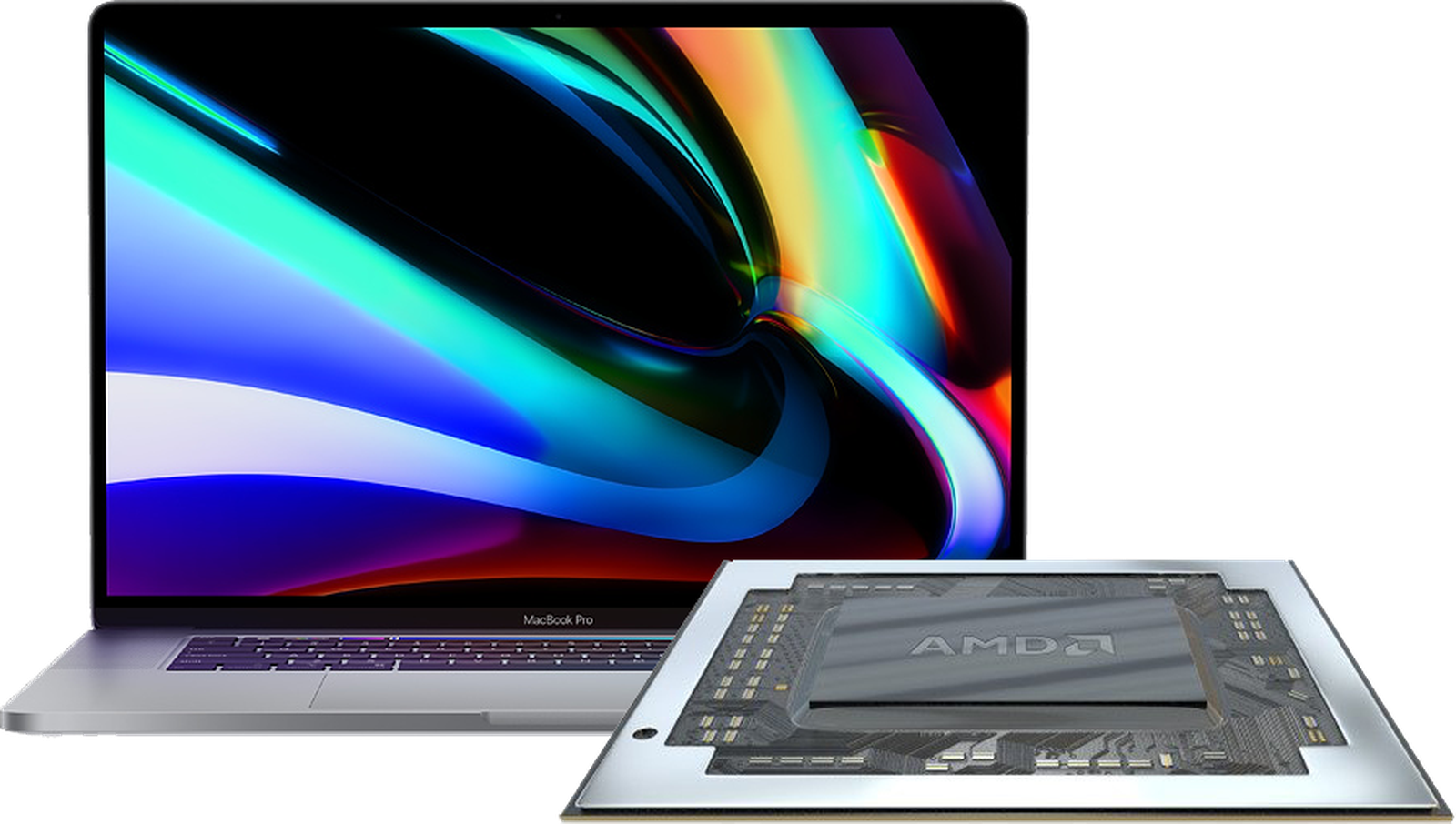OK, I have another question for my Pro-Audio/DAW brethren.
I am using Digital performer, and I am seeing clicks and pops at low buffer settings even though the CPU is barely taxed at all.
Like I only have a single track with an amp sim on it.
44k with buffers set at 128.
The CPU meter in DP is like 10% but every so often I get a click and the "overload" light comes on.
I have been trying to isolate what is causing it.
Disabled wifi, Bluetooth, ethernet...
But it still happens.
It has me wondering if I have something misconfigured and I am just too dumb to know it.
Maybe its something grabbing the PCIe bus too often.

